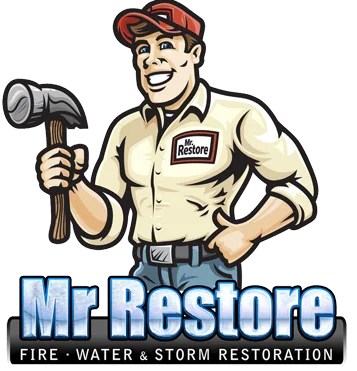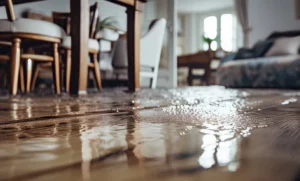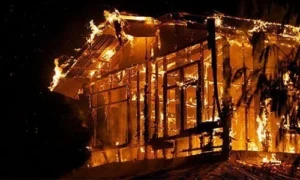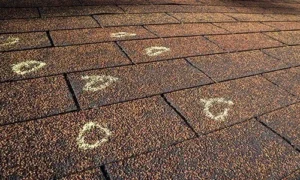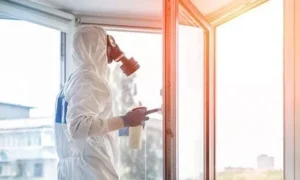
If you’re shopping around for a new home, it’s important to have it inspected to check for water damage and other problems. You can check for certain things on your own, but it’s a good idea to have a professional home inspector conduct a thorough search for signs of damage caused by water.
The following are the most common signs of water or moisture damage in homes.
Stains and Spots
Stains and spots on the ceilings and near the top of walls can indicate that water has caused damage. These areas usually have a black, brown, or yellow color. In some cases, these spots and stains might be hard to notice.
When inspecting a home you want to buy, check the paint in these areas. If it seems newer, it can mean that the current owners are trying to conceal the damage. If you see stains or spots, ask the owners about any leaks or other problems they have had with the home.
Mildew and Mold
One of the easiest ways to determine that a home has water damage is by seeing mold or mildew. Keep in mind that mold can grow inside walls, too, so use your nose as well. If you detect a strong mold or mildew smell, it can indicate damage from excessive moisture or water.
Mold can cause health issues, so be cautious about buying a home that has a mold problem. Before moving in, you’ll need to ensure any mold growth is thoroughly removed.
Water Around Toilets
Check the toilets in each bathroom for signs of water around the base. This can mean leaks or plumbing issues need to be fixed before major damage occurs. If water has been around the base of toilets for a while, it can seep into the floor.
Check the floor in these areas as well to see if it feels softer than it should. If it does, it means that damage has already affected the floor, which will require water damage restoration services.
Drywall Problems
Inspect the drywall to check for signs of damage from water, such as paint that is peeling or spots that feel softer. Walls that are buckling can also indicate a problem with drywall.
When water seeps into drywall, it expands and causes buckling to occur. Keep in mind that some areas of the home might be hard to check, such as drywall in certain areas of the basement that are hard to reach.
Wood Problems
Water can cause significant damage to the wood in homes. Check around the windows for rotting or deteriorating wood, which typically indicates that water has seeped in and caused damage. Wood floors can also buckle over time when exposed to water, so pay attention to the way these floors feel or look when you walk on them.
If you’re looking into buying a new home and suspect that it has water damage, contact us today for more information.
